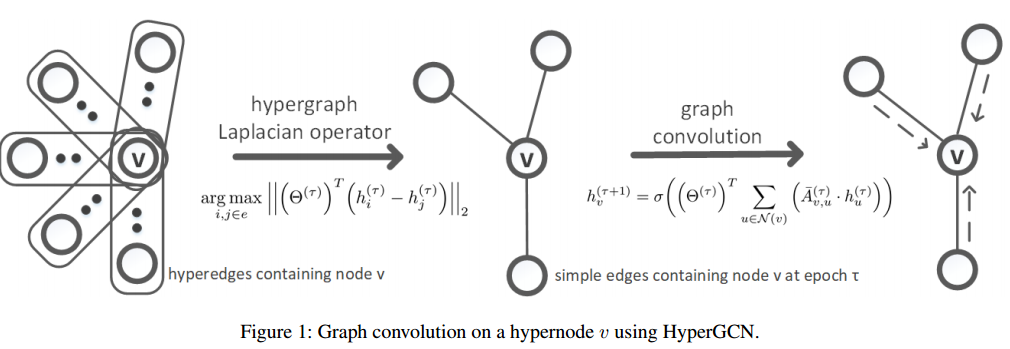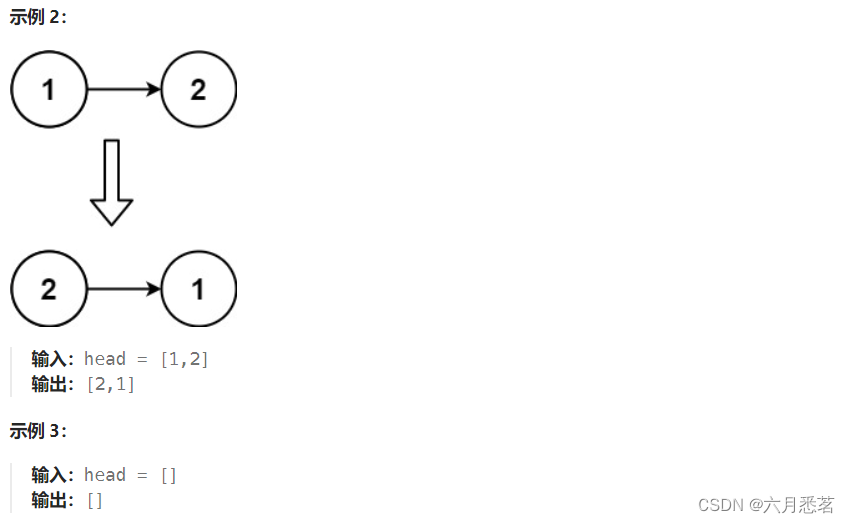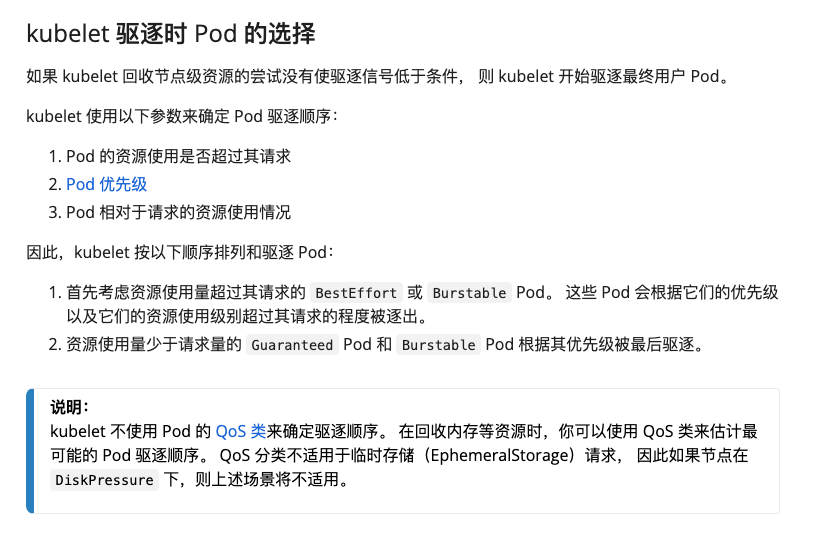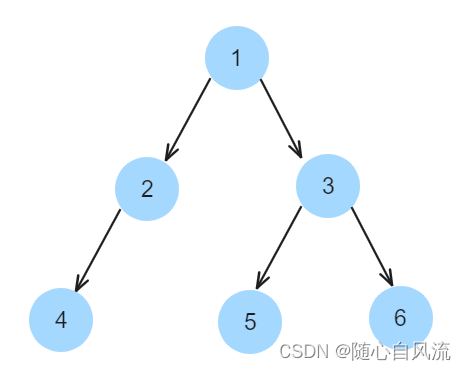1.Title
HyperGCN: Hypergraph Convolutional Networks for Semi-Supervised Classification(Naganand Yadati、Prateek Yadav、Madhav Nimishakavi、Anand Louis、Partha Talukdar)【ACM Transactions on Knowledge Discovery from Data 2022】
2.Conclusion
This paper explore the use of GCNs for hypergraph–based SSL and propose HyperGCN, an SSL method which uses a layer–wise propagation rule for convolutional neural networks operating directly on hypergraphs. To the best of our knowledge, this is the first principled adaptation of GCNs to hypergraphs. HyperGCN is able to encode both the hypergraph structure and hypernode features in an effective manner. Through detailed experimentation, it demonstrate HyperGCN’s effectiveness at hypergraph-based SSL.
3.Good Sentences
1、This assumption might restrict modeling capacity, as graph edges need not encode node similarity, but could instead contain other information such as pointwise mutual semantic information (Zhuang and Ma 2018), or knowledge graph relationship information (Wang, Ye, and Gupta 2018)(The restriction of graph Laplacian regulariser)
2、The crucial working principle here is that the hypernodes in the same hyperedge are similar and hence are likely to share the same label (The basic principal of Hypergraph).
3、HyperGCN may be augmented with such approaches for even more improved performance. On the hypergraph side, our HyperGCN model currently is designed for undirected hypergraphs. Extending the model for directed hypergraphs (where the direction captures a casual relationship) (Zhang et al. 2017), and partial–order hypergraphs (Feng et al. 2018) can be an interesting avenue for further research. Investigating the recently proposed p-Laplacians for submodular hypergraphs (Li and Milenkovic 2018) is also an interesting direction.(Some possbile future works based on HyperGCN)
Introduction
在传统的基于图的SSL问题中,损失函数被定义为标记数据上的监督损失和图结构的正则化器的加权和。 典型的正则化器是拉普拉斯算子,它依赖图中连接的节点可能共享相同的标签这一假设。这种假设可能会限制建模能力,因为图的边不一定编码节点相似性,而可能包含其他信息。
典型的正则化器是拉普拉斯算子,它依赖图中连接的节点可能共享相同的标签这一假设。这种假设可能会限制建模能力,因为图的边不一定编码节点相似性,而可能包含其他信息。

 令
令 。
。
 图卷积
图卷积
 图卷积
图卷积





